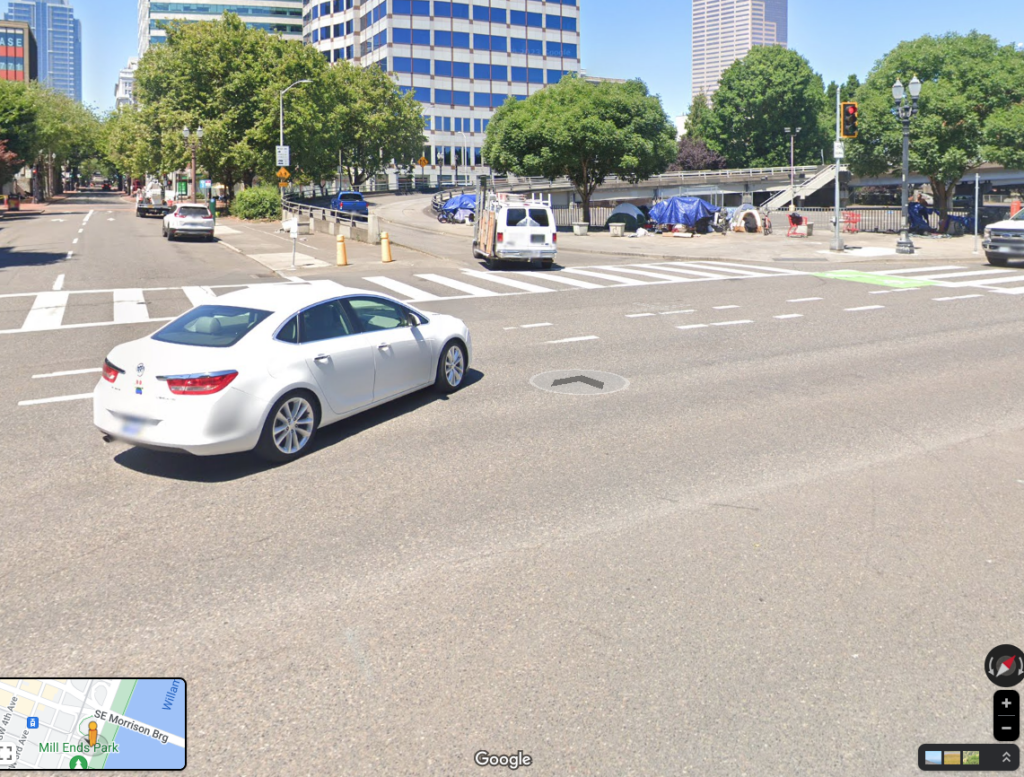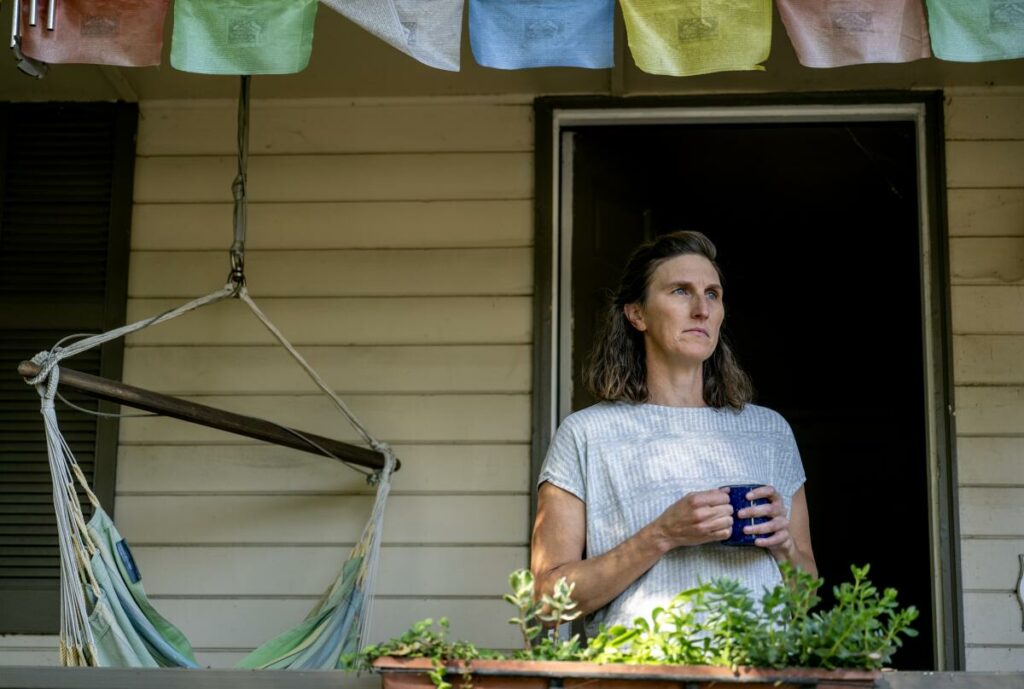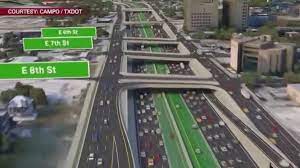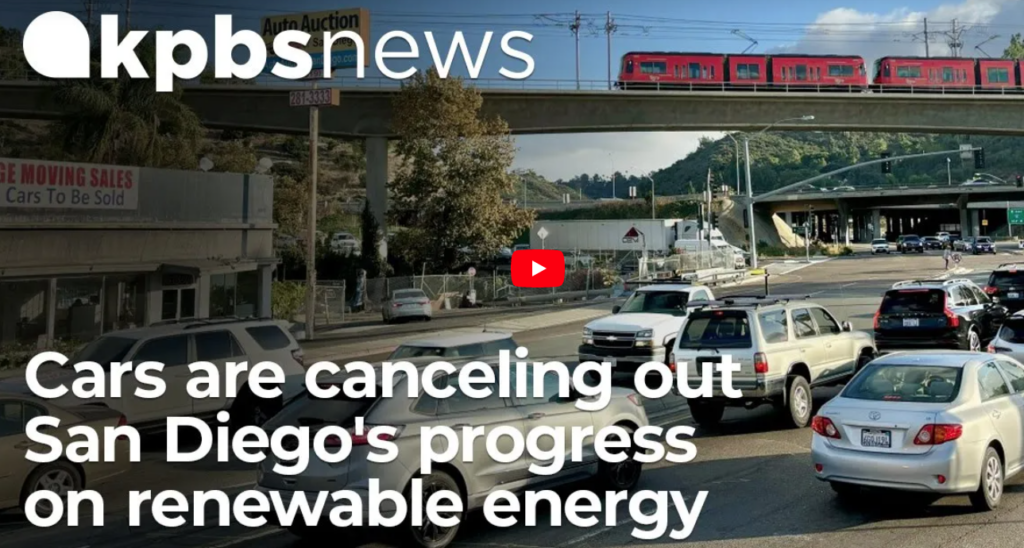What City Observatory did this week
Must Read
Jeanie Ward-Waller speaks out. Earlier this month, Jeanie Ward-Waller was effectively fired from her job of CalTrans for pointing out that highway widening projects were violating environmental laws and illegally using funds dedicated to road maintenance.
Ward-Waller gives her first hand account of how calling out illegal activity to circumvent the state’s adopted climate laws led to her demotion:
My concerns centered on a large freeway project described to the public as “pavement rehabilitation,” which is repaving. But I believe the project is in fact, an illegal widening of a 10-mile freeway section of the Yolo causeway between Davis and Sacramento on Interstate 80. After scrutinizing project documents, I realized that Caltrans officials were widening the freeway, using state funds that cannot be used to add lanes. By calling it a “pavement rehab project,” Caltrans avoided public disclosure of the project’s environmental impacts.
TexDOT thumbs its nose at environmental laws. Kevin DeGood of the Center for American Progress lays bare the environmental lies embedded in the Texas Department of Transportation’s analysis of the proposed $4.5 billion widening of I-35 through Austin.
TXDOT makes the farcical claim that the project won’t have any environmental impact, largely because the agency’s traffic modeling predicts the same number of people will drive the same number of miles whether or not the freeway is built. TXDOT can get away with this falsehood because the US Department of Transportation has delegated its legal authority for assessing NEPA compliance to the state. DeGood points out a badly flawed analysis of driving trends and greenhouse gases.
According to TxDOT, the total vehicle miles of travel (VMT) on I-35 in central Austin will rise by 45 percent between 2019 and 2050 as the population grows. But this is where things get weird: TxDOT claims that total VMT and vehicle emissions would be essentially the same under both the build and no-build scenarios — meaning the state is projecting 45 percent growth in driving by 2050 regardless of whether I-35 is expanded or not. Moreover, the agency estimates that greenhouse gas emissions from driving on I-35 will only be seven percent higher under the build scenario. This stretches the bounds of credulity, to say the least.
TXDOT’s second tactic for evading environmental laws is to break up a 31 mile widening of I-35 into three separate projects, which it claims are un-related. Taken together, they’re a permanent commitment to a more car-dependent, more polluting development pattern for decades to come. Pretending that a massive new roadway won’t engender more driving and more greenhouse gases flies in the face of well known science of induced travel, and makes a mockery of the National Environmental Policy Act.
More driving is undoing San Diego’s climate progress. Like many cities, San Diego loves to tout its commitment to climate goals, and celebrate ancecdotal success: Clean electricity! New vehicle charging stations! But buried deep in the published, but unpublicized statistical appendix of the city’s latest climate report is the inconvenient truth that greenhouse gases from transportation in the city are increasing because people are driving more. As local public radio station KPBS reports
The climate report found that emissions from the generation of electricity fell by an impressive 27% from 2020 through 2021. This was attributed to an increase in renewable energy purchases by both SDG&E and San Diego Community Power, a government-run nonprofit that began purchasing energy on behalf of homes and businesses in 2021.” However, the emissions from on-road transportation in 2021 were 13% higher than the emissions in 2020,
And this trend is even being underwritten at public expense by millions of dollars spent on highway widenings, like a proposed $40 million widening of Grantville Road, which might save commuters 10 to 20 seconds (until the induced travel effect kicks in).
Real estate commission price-fixing violates anti-trust laws. In a potenially landmark case out of Missouri, a federal jury has agreed that a widely used system of real estate commissions violates anti-trust laws. The jury found that plaintiffs (homesellers) were due damages of $1.8 billion–which could be tripled under the Sherman Anti-Trust Act. The Wall Street Journal called it a “big legal defeat for realtors, and summarized the case as follows:
The plaintiffs provided compelling evidence that overall commissions have stayed at roughly 5% or 6% for decades, split evenly between the buyer and seller brokers. This is about two to three times as high as in other wealthy countries where such self-serving industry arrangements don’t exist. The inflated commissions are baked into home prices.
The verdict may force a reform of rules on real estate commissions nationwide. The case is likely to be appealed, but if the decision holds, it could be a major shift in the way homes are bought and sold.





